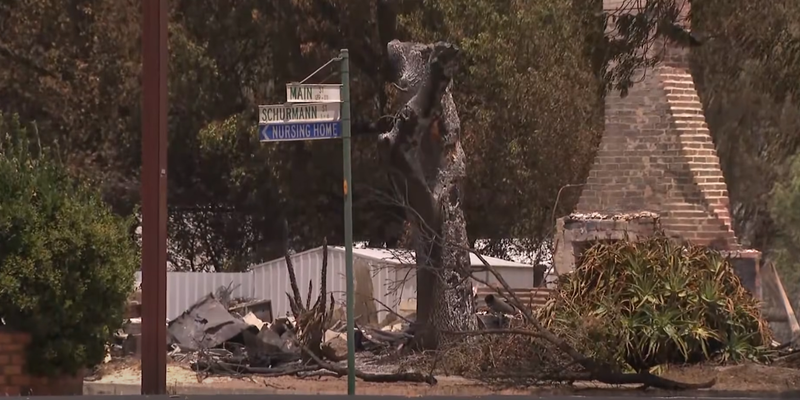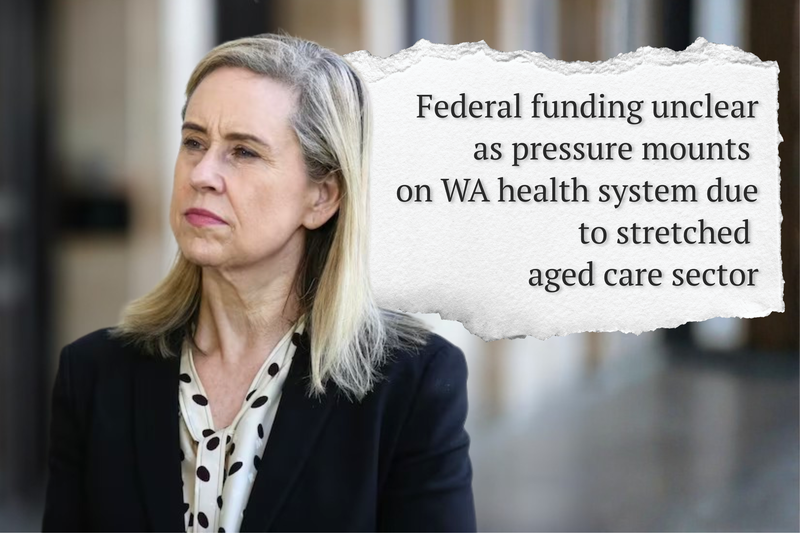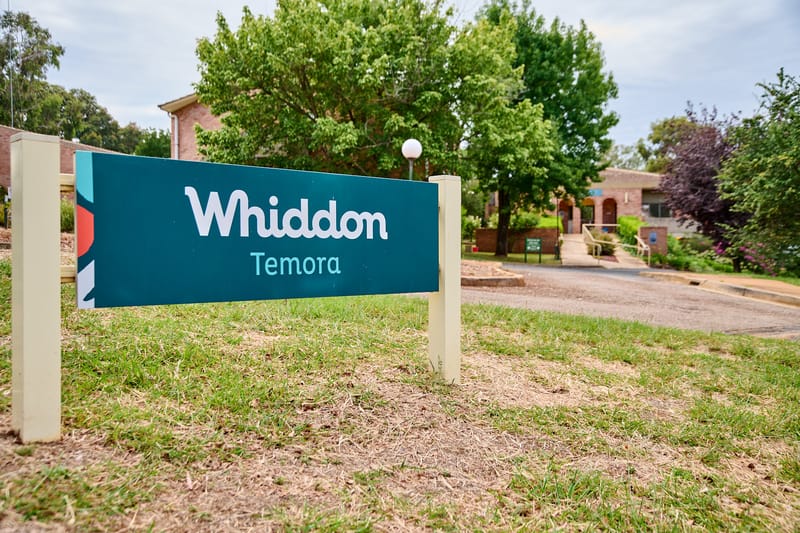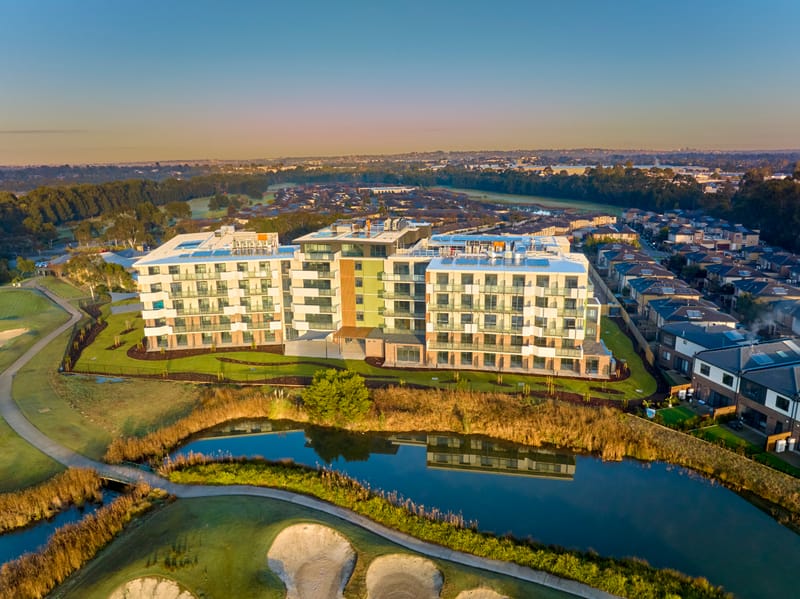Residential care operators lost $2.2B in 2021-22 – but the real losses are in new aged care beds
The Federal Government released its latest Financial Report on the Australian Aged Care Sector 2021-22 this week and naturally, it makes for grim reading. But there is more to the story. You can read the 148-page Report here. As we report below, the...
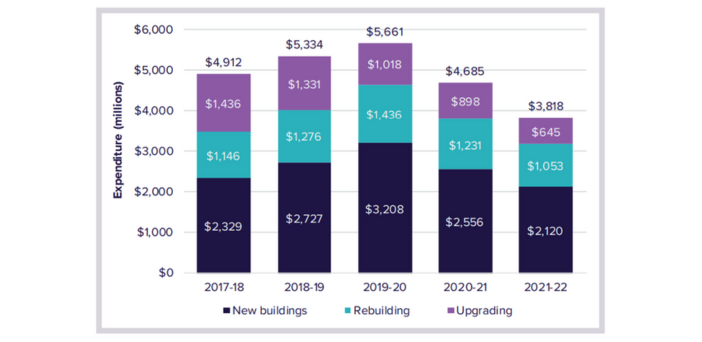
The Federal Government released its latest Financial Report on the Australian Aged Care Sector 2021-22 this week and naturally, it makes for grim reading. But there is more to the story.
You can read the 148-page Report here.
As we report below, the headline figure is the $2.2 billion loss notched up by the residential care sector.
However, the finer detail reveals that most of these losses are in the depreciation of assets.
Check out the graph from page 124 of the Report below.
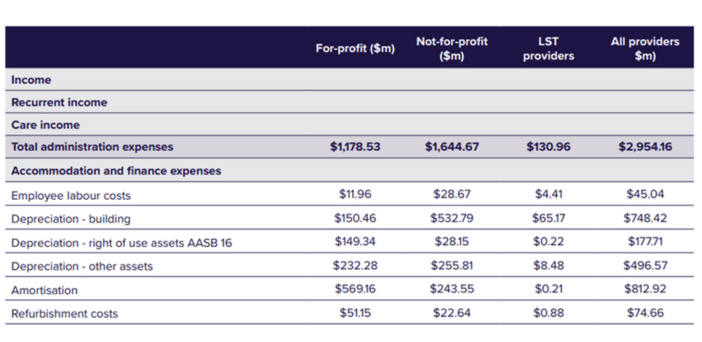
As you can see, residential care providers accumulated $1.4 billion in depreciation of buildings and other assets.
StewartBrown maintains that depreciation is “a critical expense that needs to be covered given the cost associated with maintaining, refurbishing and eventual replacement of an aged care facility”.
But it’s also cash that operators could be spending on beds.
Instead, operators must use their own capital to replace beds.
Just 2,000 new aged care beds in 2020-21
It’s unsurprising then to also read within the Report that residential aged care building has declined to $3.8 billion, an 18.5% decrease on the $4.7 billion spent in 2020-21.
Just $2.1 billion of this expenditure was on new building development.
The total number of planning approvals for builds has also dropped for the fifth year in a row to just 231, from a peak of 351 in 2017-18.
Only 26 of these projects were valued at over $20 million.
If we say that each of these homes had 80 beds, that’s only 2,000 new beds in a year.
Take out the number of beds being decommissioned or converted from four- and two-bed wards into single rooms and we are going backwards.
As Minister for Aged Care Anika Wells said: “We can’t sandbag against this tide.”
So, is there a solution?
Rental payment for aged care accommodation
In this week’s issue of SATURDAY, we will outline a number of options for increasing consumer contributions in residential care or Plan B – subscribe here now to read the story.
StewartBrown has previously advocated for changing the model to be more focused on a 7.5% “rental” payment for accommodation.
This would serve a dual purpose of increasing funding and removing the current inequity for consumers which sees consumers paying a DAP pay a higher rate than those who pay a RAD.
The SOURCE: The Aged Care Taskforce is currently considering options for reforming pricing arrangements for accommodation and living expenses in residential aged care. Is this an option that should be on the cards?


